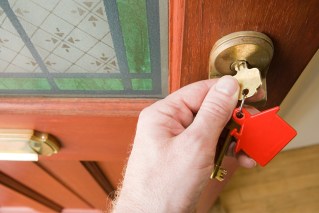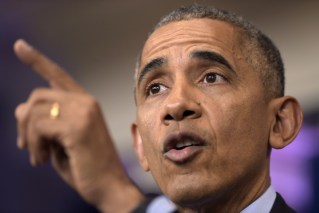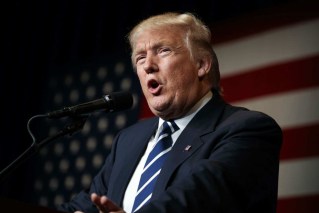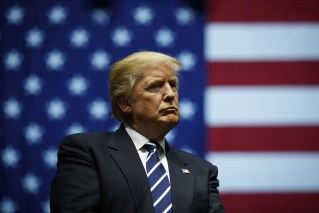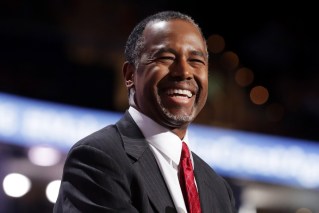The best way to create jobs is to tell the truth

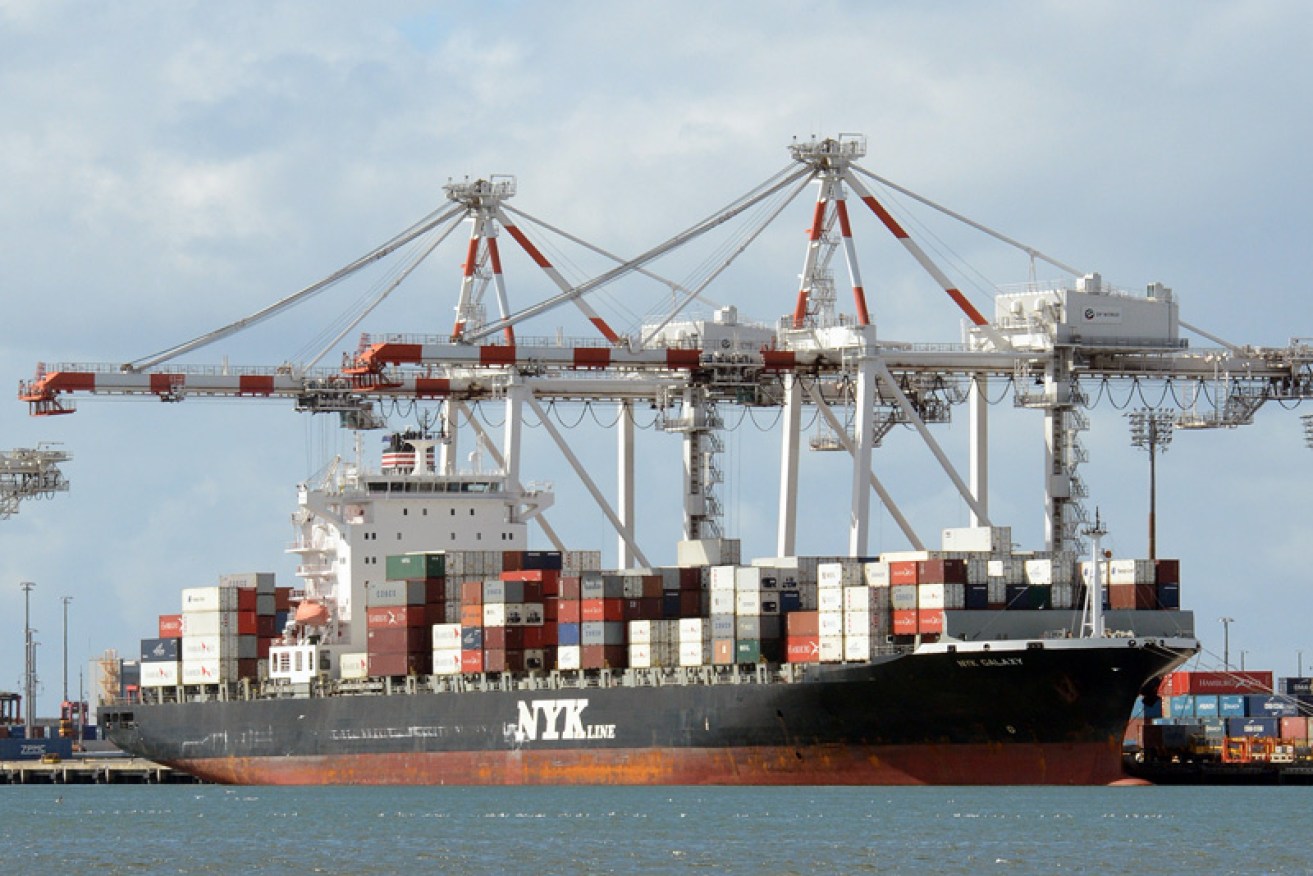
Poor balance of trade figures dragged the figure down. Photo: AAP.
In economic terms, tomorrow’s election is a very simple choice. If you’ll forgive the pollie speak, it is: “Who do you trust to get Australia working again?”
While the Bureau of Statistics’ headline unemployment figure doesn’t look too bad at 5.7 per cent, the combined unemployment and under-employment rate as recorded by Roy Morgan Research has climbed from 18.6 per cent to 19.1 per cent during the Abbott-Turnbull years.
This is reflected in per capita hours worked, which has fallen back to 2003 levels. We are drifting towards becoming ‘part-time Australia‘.
• How Australians may hang the parliament
• Aussie shares close Brexit gap
• Voters don’t like scare campaigns: study
Both the Coalition and Labor say they have a plan to get things moving again.

Malcolm Turnbull promises corporate tax cuts. Photo: AAP
The Coalition’s plan is to give a tax cut to businesses up to $10 million in turnover, with staggered tax cuts for all businesses over 10 years that will reduce the company tax rate from 30 cents in the dollar to 25 cents.
This, says the Coalition, will make Australia a more attractive destination for international investment that it hopes will create the jobs of the future.
Labor’s plan involves allowing public demand to rise slightly more than the Coalition – in effect, that means $16.5 billion more over four years spent on public servants and the contractors they hire to deliver services and infrastructure.
But more important than its public spending plans, Labor is planning to address a long-term misallocation of capital in the economy – by reining in the tax-break-driven housing finance bubble.
Which plan will work?
So how is a voter to decide which of these plans will actually boost ‘jobs and growth’? The sad fact is that most media outlets have misunderstood the policies, or misrepresented them.
Major newspapers such as The Australian and the Financial Review have given uncritical support to the idea that a company tax cut will substantially boost job creation – regardless of the long list of economists saying it won’t. The Financial Review, for instance, misconstrues the likely effectiveness of the two plans in its Thursday editorial.

Housing doesn’t create new industries and exports. Photo: AAP
It wrote: “Rather than retreat into the politics of redistribution, capital-importing Australia needs to sharpen its incentive structures, recover its productivity growth and expand the nation’s income pie.”
The editorial writer appears not to have understood the relative importance of foreign and local capital. Firstly, Labor’s proposed changes to negative gearing and capital gains tax are not primarily driven by the “politics of redistribution”.
Clawing back some of those tax breaks is intended to remove a market distortion that has sucked capital away from productive investments for 20 years. As explained on Wednesday, that is a giant reform.
On the other hand, the effectiveness of “sharpening incentive structures” to encourage investment in “capital-importing Australia” is being routinely overstated.
The ABS national accounts reveal facts about capital formation and investment that are rarely seen in the national media. ‘Capital formation’ is simply the setting aside of resources to invest in wealth-creating enterprise.
What the AFR’s phrase “capital-importing Australia” obscures is that about 80 per cent of new capital deployed in Australia each year is formed right here. ABS data show that in the 12 months to March, new capital accumulated in Australia totalled $350 billion. Of that, $75 billion was imported.
Former Bank of America Merrill Lynch economist Saul Eslake told me on Thursday that this works out at roughly $40 billion of shareholder equity invested by foreign corporations (47 per cent of the total), and $35 billion as debt which in recent years has been required to fund the mortgage borrowing boom.

Economist Saul Eslake. Photo: AAP
Those figures, combined with around $10 billion from the RBA selling down its foreign currency reserves, constitute the ‘capital account’ which balances out the ‘current account deficit’ – that is, it pays for all the imports that we don’t have money to cover.
What the data says
The potential effectiveness of the Coalition and Labor economic plans are an order of magnitude apart. The Coalition tax cut aims to get companies to invest more in Australia. It wants the 47 per cent equity component of capital inflows to grow.
But that is only 47 per cent of the 20 per cent of total foreign investment – which works out at 9.4 per cent of invested capital. That is the centrepiece of the Coalition’s plan.
Labor’s plan, by contrast, is dealing with the rest of the capital landscape – the 80 per cent of new capital that is formed right here every year, too much of which is funnelled into non-productive housing assets. ABS data compiled by Callam Pickering, of CP Economics, shows that about 55 per cent of our personal wealth is currently held in property, 17 per cent in superannuation, 9 per cent in cash deposits and 8 per cent in shares.
Those ratios have to change if we are to invest in ‘jobs and growth’. The capital is there, but it is way too heavily skewed towards housing.
Why won’t mainstream media tell this story? Either they can’t be bothered reading the data, or have been co-opted by vested interests in the real estate and finance industries. Either way, to present a company tax cut as a ‘economic plan’ and Labor’s tax reform as a ‘hit on house prices’ is a reckless abnegation of the national interest.
The best way to grow the economy is to start telling the truth.


